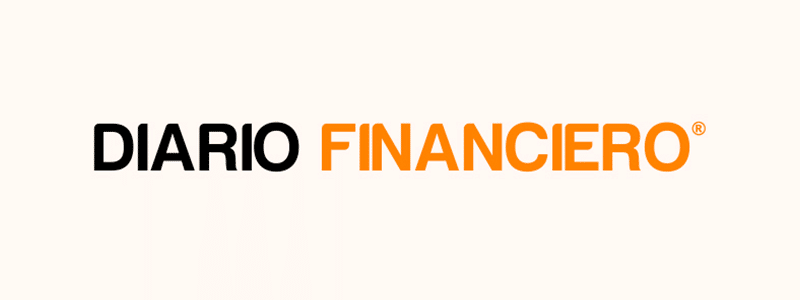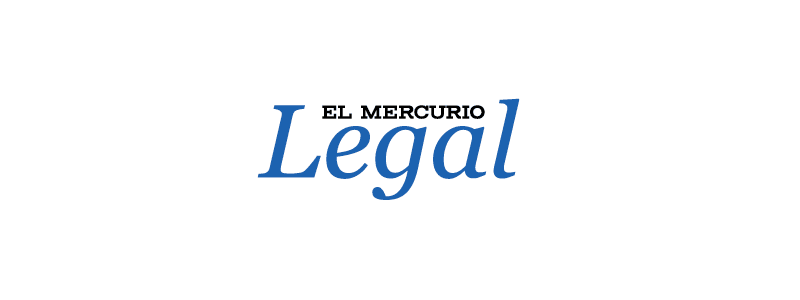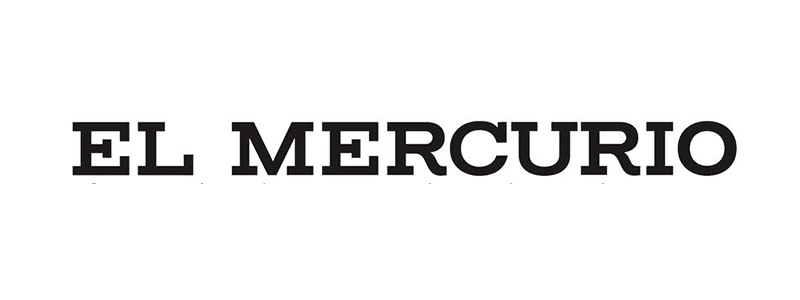We invite you to read the Diario Financiero article in which our Mining and Projects Director, Alejandro Montt, commented on the first global sustainability standard applied to the industry.
Experts believe that for large-scale mining it will not mean such an important change of compass because other standards already exist, although it will be a contribution towards better disclosure with unified criteria. The major impact will be for small and medium-sized mining companies.
Mining is undergoing important transformations and sustainability has become a relevant pillar to ensure long-term operations.
A recent example is what happened at the beginning of the year, when the Global Reporting Initiative (GRI) launched the ‘GRI 14: Mining Sector 2024’, the first global standard that will address and report comprehensively on the impacts of the sector. It will come into effect in January 2026 for mining and extractive companies and addresses 25 impact topics and critical areas ranging from emissions management to waste, climate change, human rights, community engagement and topics that GRI has not addressed before, such as tailings management, small-scale mining and operating in conflict zones.
‘Establishing a common basis of measurement such as GRI 14 is fundamental for the mining industry, as it allows a transparent and objective comparison of sustainability practices between companies,’ notes Reinalina Chavarri, director of the Sustainability Observatory of the FEN Management Department at the University of Chile.
Chavarri points out that the new standard encourages competition ‘based on environmental, social and governance performance, encouraging companies to adopt more sustainable practices’. Facilitating informed decision-making by investors, consumers and regulators is another impact, he says, which will contribute to the creation of a ‘more sustainable’ market.
Local impact
Mining companies in Chile have shown a growing interest in adopting international standards, but implementation varies considerably, notes Chavarri.
Víctor Pérez, an academic at the Faculty of Engineering of the Adolfo Ibáñez University, details that in the country most of the large copper producers already operate under Copper Mark standards, a certification of responsible production that he considers ‘deeper and stricter’ than GRI standards.
‘In the governance of the Copper Mark, banks, NGOs, end users, among others, participate, and it also covers 36 dimensions that are audited by independent third parties to strictly and transparently achieve the corresponding seals’, explains Pérez. For lithium producers, meanwhile, he explains that the standard applied is the Initiative for Responsible Mining Assurance (IRMA), equivalent to the Copper Mark, ‘although they have managed to go much deeper among the actors in the lithium value chain’.
Considering this scenario, Nicolás Calderón, associate partner of EY’s Climate Change and Sustainability Services, believes that GRI 14 should not have such a significant impact at a local level, because the issues are already being covered by other standards.
However, analysts indicate that where it will make a contribution is in the segment of small and medium-sized companies, which are not yet adhering to any certification.
It remains to advance in small and medium metal mining, as well as in some large producers that have not yet joined the Copper Mark or IRMA standards (…) in order to guarantee the highest standards of mining production in our country’, points out Pérez.
Chavarri agrees, and warns that ‘small and medium-sized companies still face challenges in terms of resources and capabilities’.
New requirements
Alejandro Montt, director of Mining and Projects at Albagli Zaliasnik (AZ), believes that GRI 14 is being published at a crucial time when policymakers and regulators ‘are increasingly focused on the responsible sourcing of minerals, with multiple stakeholder groups examining the impacts of the sector ranging from financiers, investors, and, in general, a more demanding global marketplace’.
As such, he believes it will help mining companies meet these widespread disclosure and due diligence needs, ‘including providing investors and downstream customers with information to make informed investment and sourcing decisions‘.
Chavarri notes that the new global standard will bring significant improvements in the quality of information reported. But full implementation may take time, he warns, because ‘the local standard, focused on materiality and financial impact, is less comprehensive on non-financial aspects’.




